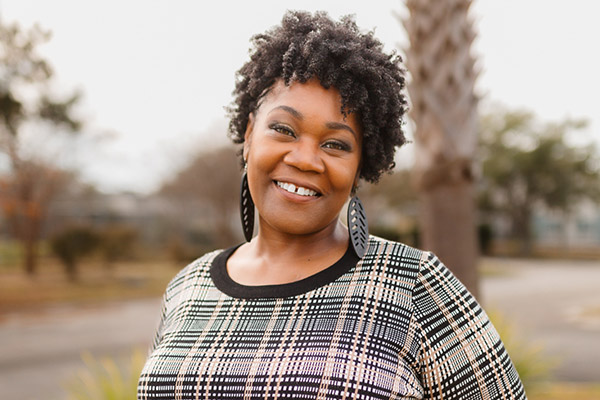Refining distance learning is likely paramount in your hierarchy of challenges right now, but soon will come the exhaustive work of figuring out how to bring students and staff back into classrooms. This is an issue for educators across the board—from K–12 through post-graduate programs. But, where most educational programs could live in a distance-learning world indefinitely, albeit not perfectly, hands-on interactive programs suffer for lack of in-person instruction. Get creative with your scheduling and your programming as you figure out how to adapt coursework for the safest instruction.
- Research your state guidelines relative to returning to school. In Colorado, for example, the State’s Department of Higher Education wants plans for these mitigation requirements described and met before granting permission for an institution of higher education to provide on-site programming again:
- Maintain 6-foot social distancing requirements
- Classrooms and equipment will undergo regular deep cleaning
- Classrooms will have signage on hygiene and safety measures
- Ensure ventilation of classroom and office spaces meets OSHA guidance
- Limit class sizes to no more than 10 individuals inclusive of students and instructor(s) at any given time
- Limit, wherever possible, the sharing of equipment and other resources
- Restrict group gatherings outside of classes, social or otherwise, unless pre-approved
- Implement symptom monitoring protocols
- Implement protocols for symptomatic students, faculty, or staff
- Advocate with your state to get your exemptions for distance learning extended. What is the protocol if there is another shutdown?
- In thinking toward the future, is it time to rethink your curriculum? What can easily be taught online? What can be taught in a classroom with social distancing? What technological improvements need to be made? To accommodate the current environment, load the front end of your curriculum with didactic lessons; leave your hands-on for as late in the program as you can to iron out the kinks of the new protocols.
- Consider your capacity for students in each classroom; how will that impact your teaching dynamic? Will some students participate online, while others attend class in-person? How does that look? How will that be tracked and managed?
- Your classroom environment will be different. Make sure instructors are comfortable with the changes and have a chance to “live” in the reconfigured space before students arrive.
- Take lessons outdoors when you can.
- Extend your distance up to 12 feet from students if you’re lecturing without a mask.
- For Instructor demonstrations, follow the Practice Guidelines for “client” interactions and sanitation considerations.


